Trg Republike 4
Trg Republike 4
Visit the Sombor City Museum — the only complex museum in the West Bank region with about 1,000 museum exhibits displayed in a permanent setting.
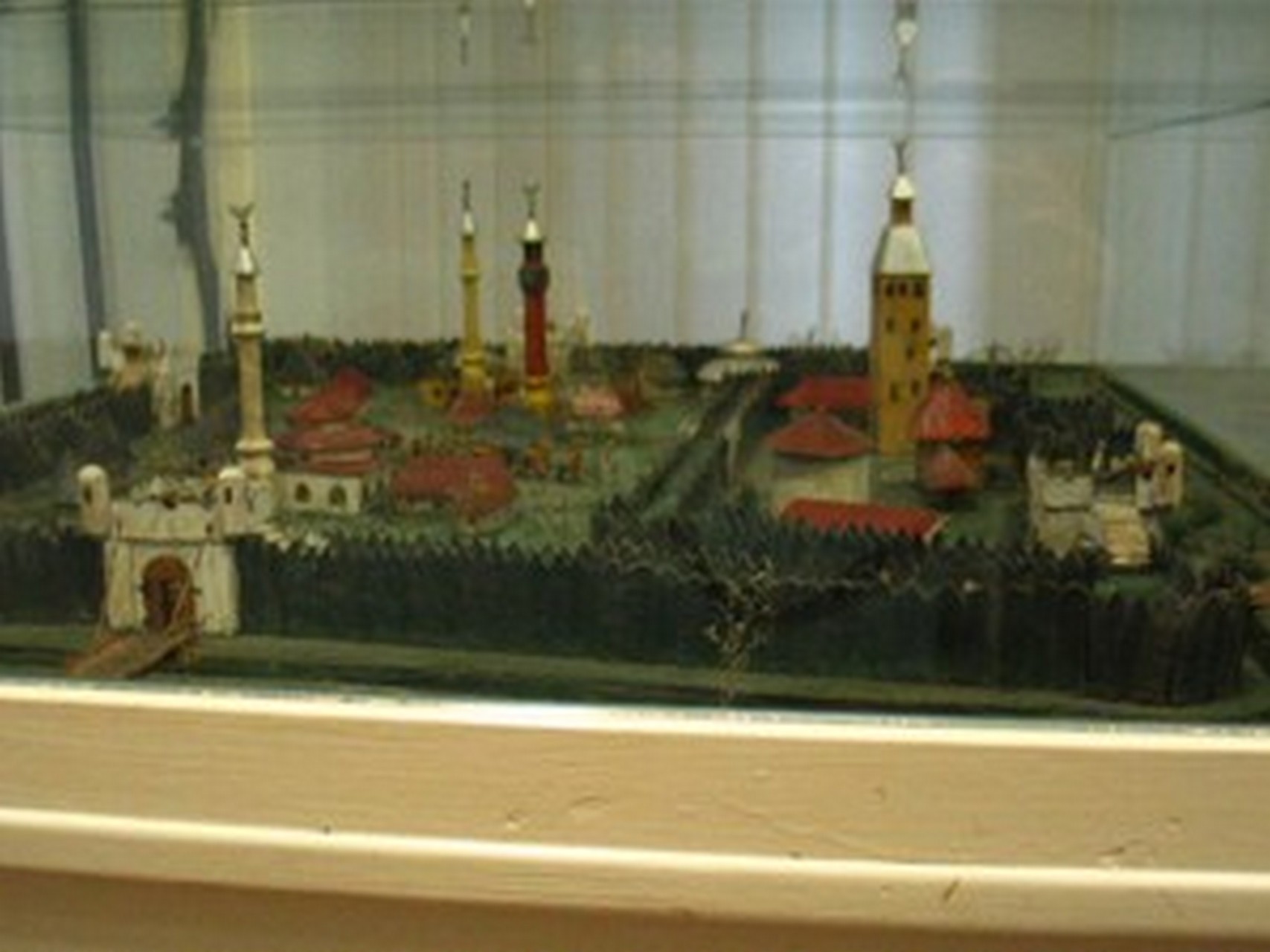 © G.Muzej Sombor
© G.Muzej Sombor
The period of the Ottoman rule in Sombor is still insufficiently researched, and the largest source of evidence of 147 years of Ottoman rule is from the travel memoires of Evliya Çelebi, who lived in Sombor in 1665 A model of Sombor from the Turkish era was made according to...
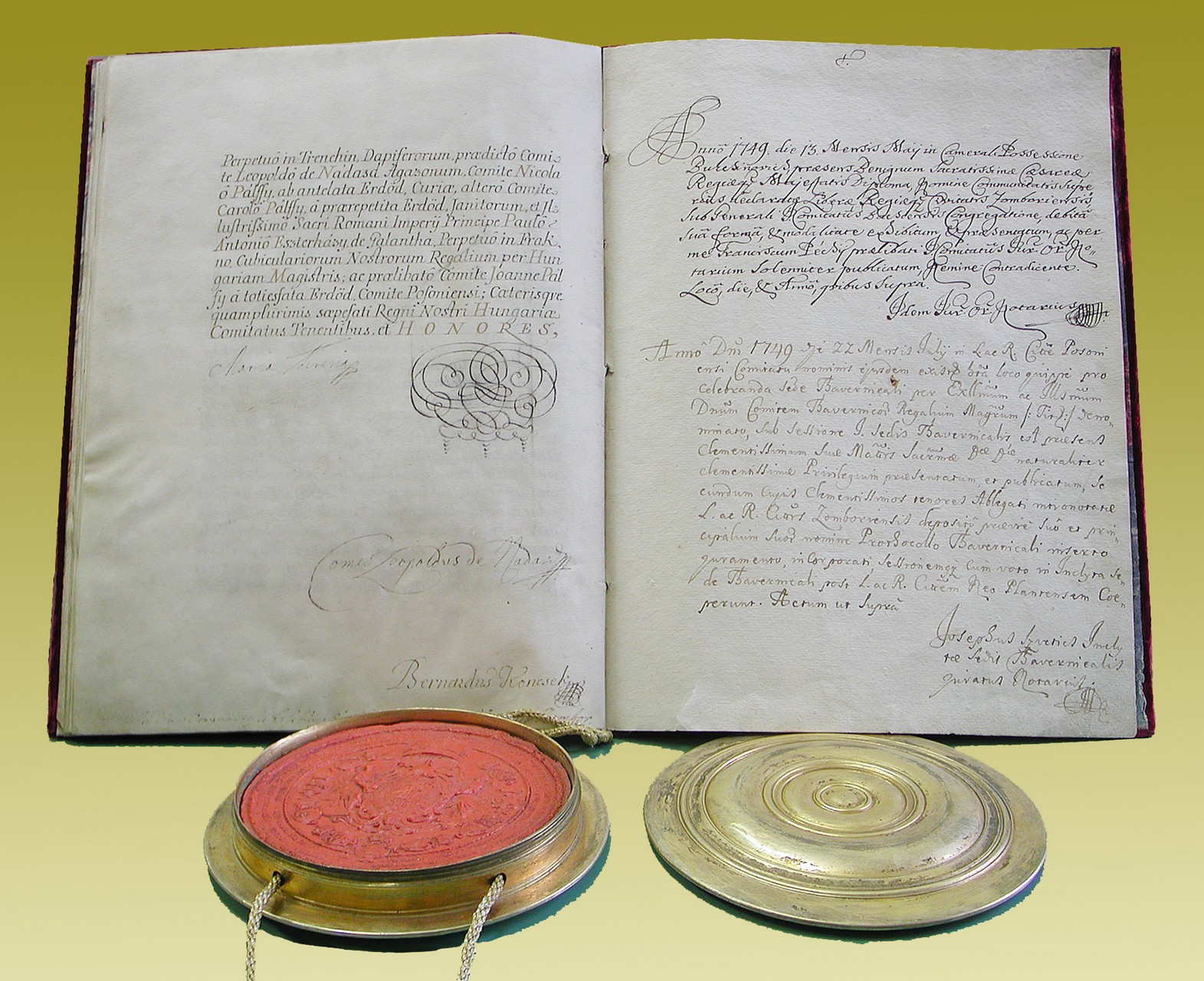 © G.Muzej Sombor
© G.Muzej Sombor
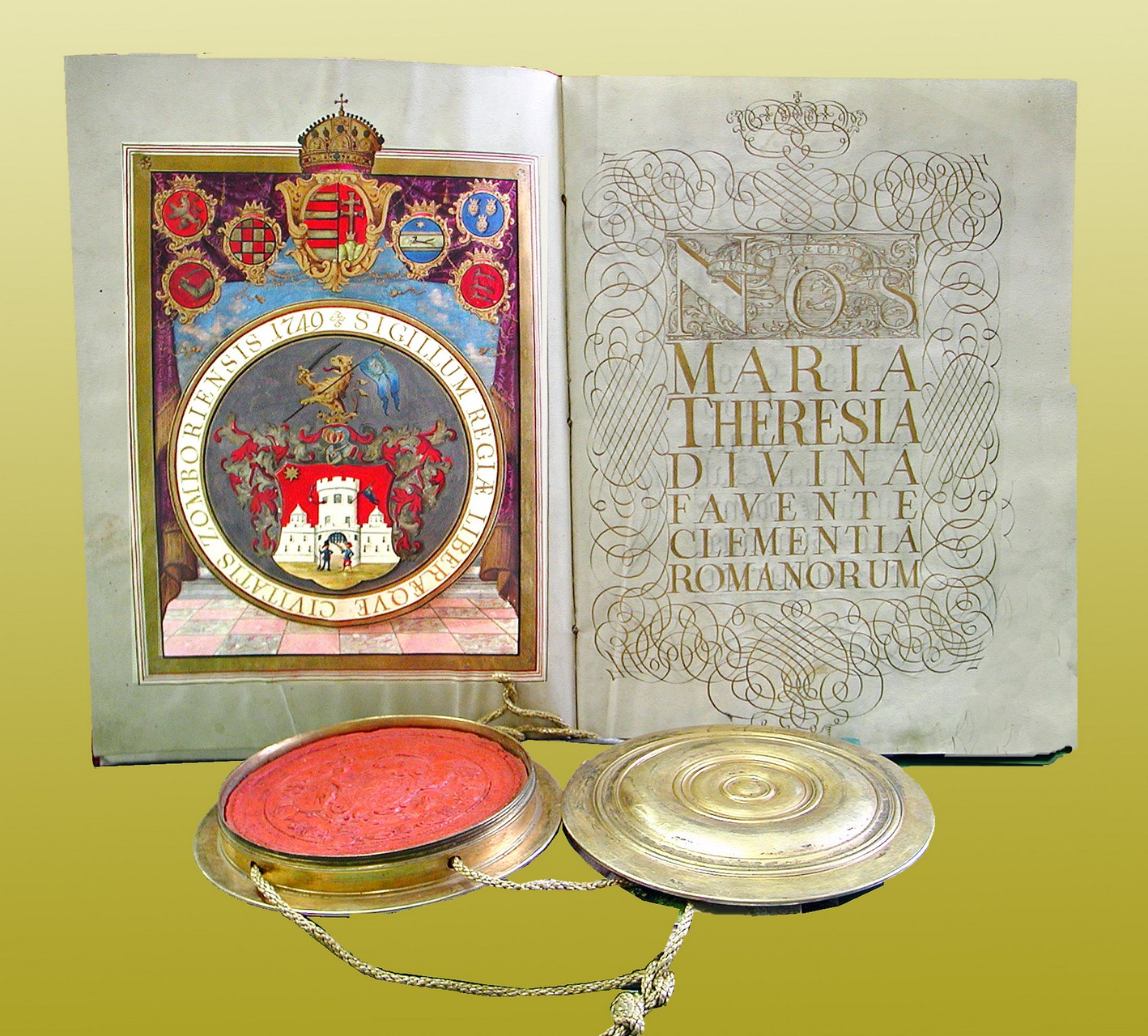 © G.Muzej Sombor
© G.Muzej Sombor
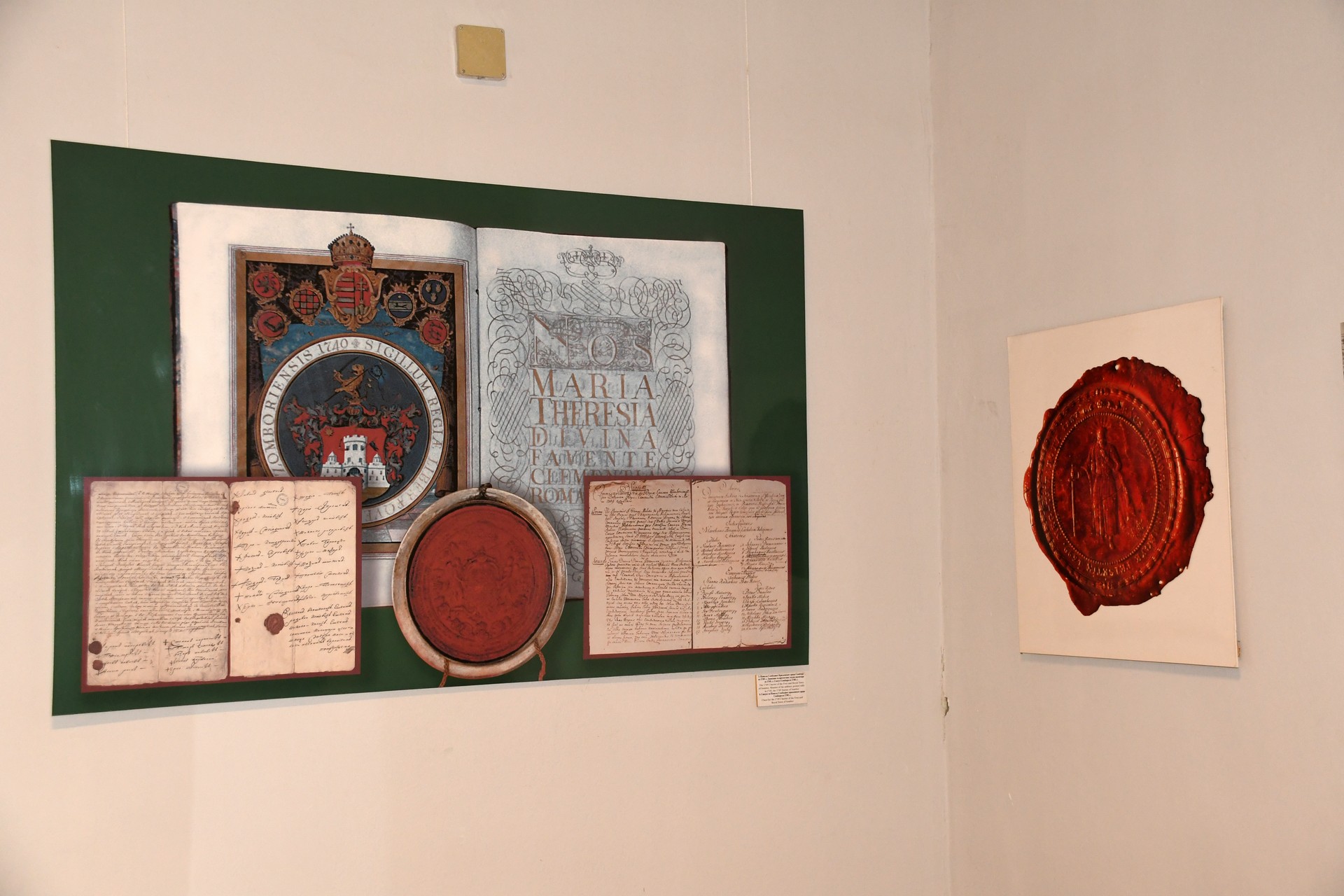 © G.Muzej Sombor
© G.Muzej Sombor
Sombor joined the ranks of free royal cities after a two-year struggle between representatives of Sombor Serbs and Bunjevci, led by Martin Parčetić at the Viennese court Empress Maria Theresa signed the Charter of the Free Royal City of Sombor on February 17, 1749, which gave Sombor noble status and...
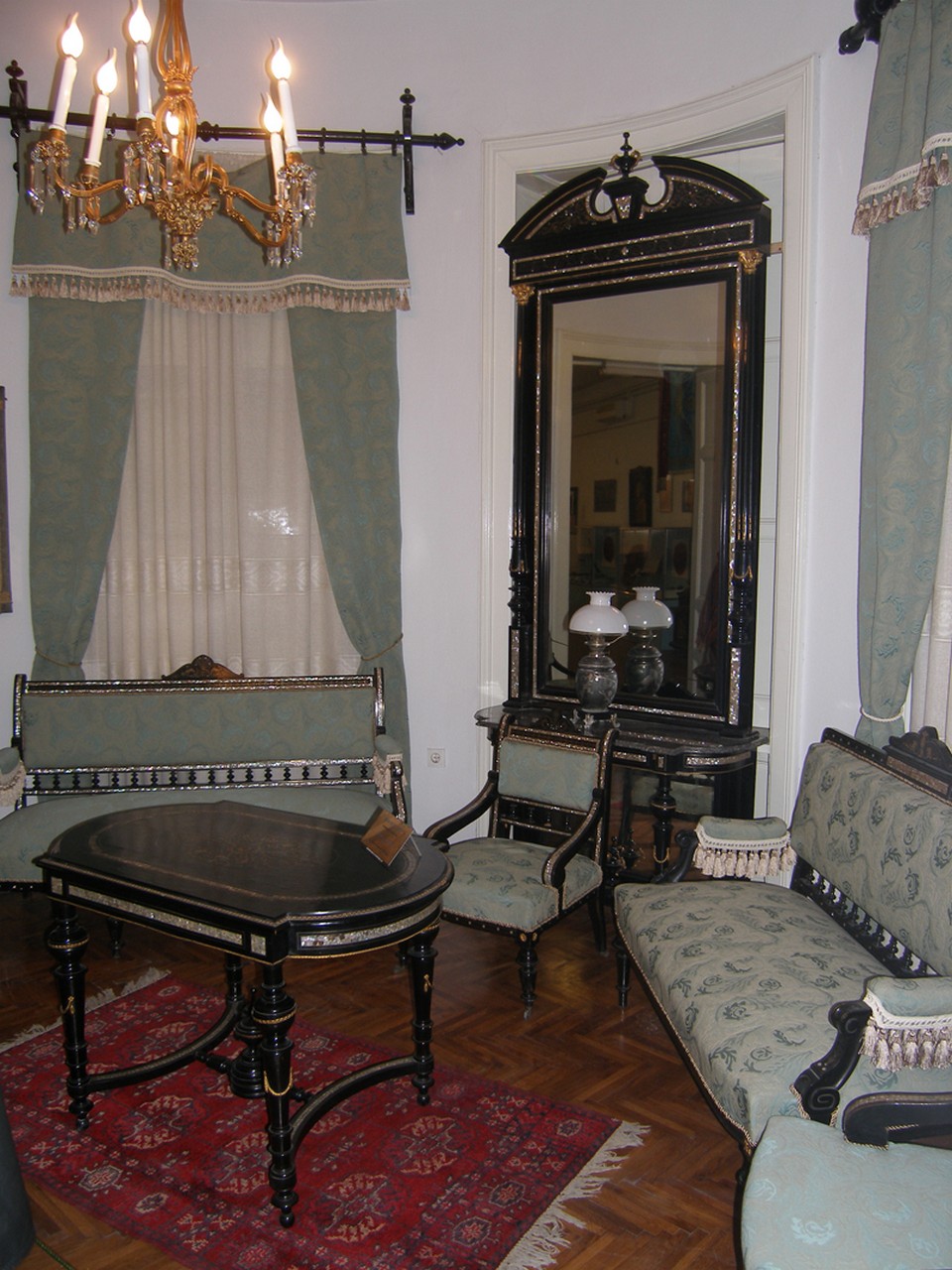 © G.Muzej Sombor
© G.Muzej Sombor
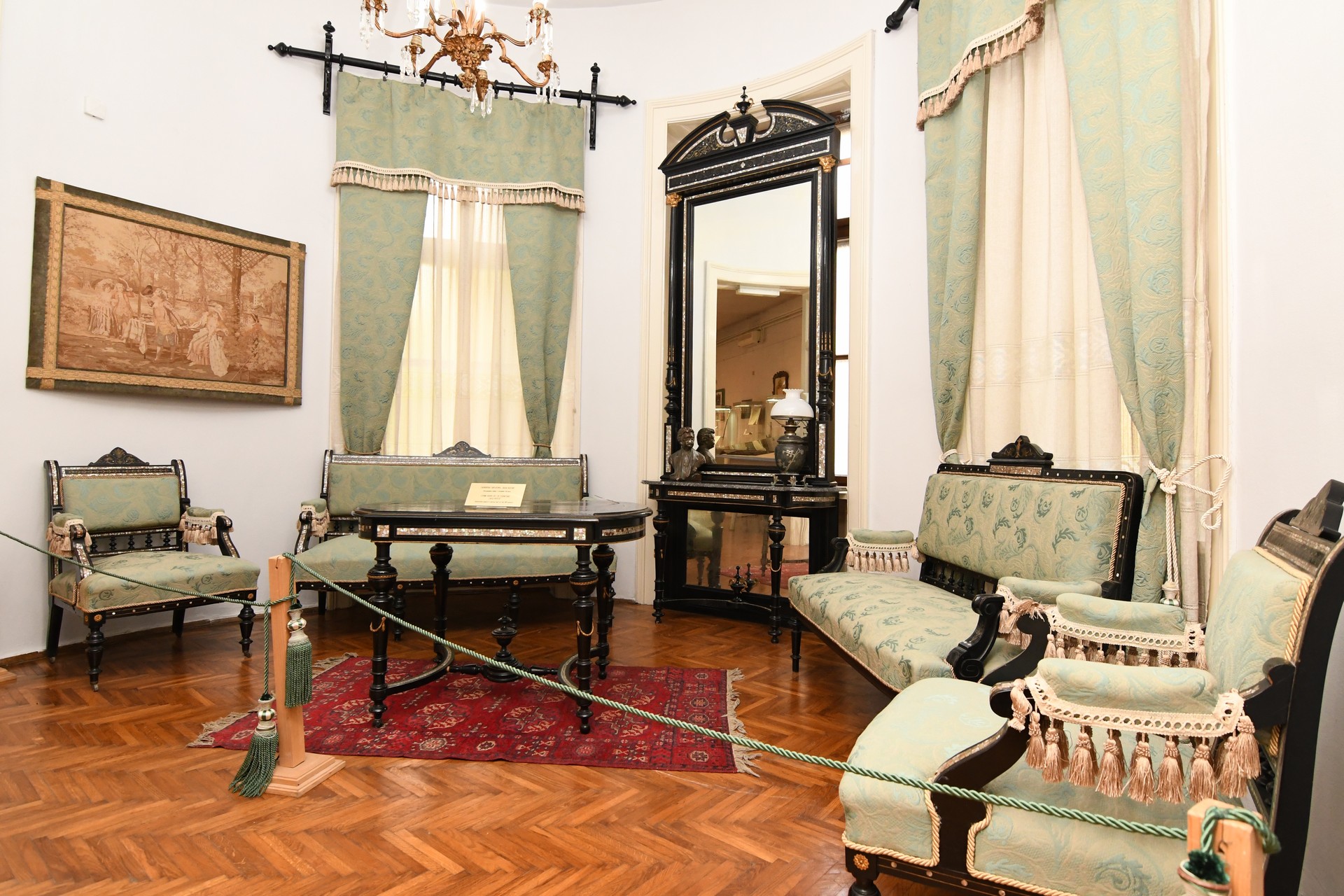 © G.Muzej Sombor
© G.Muzej Sombor
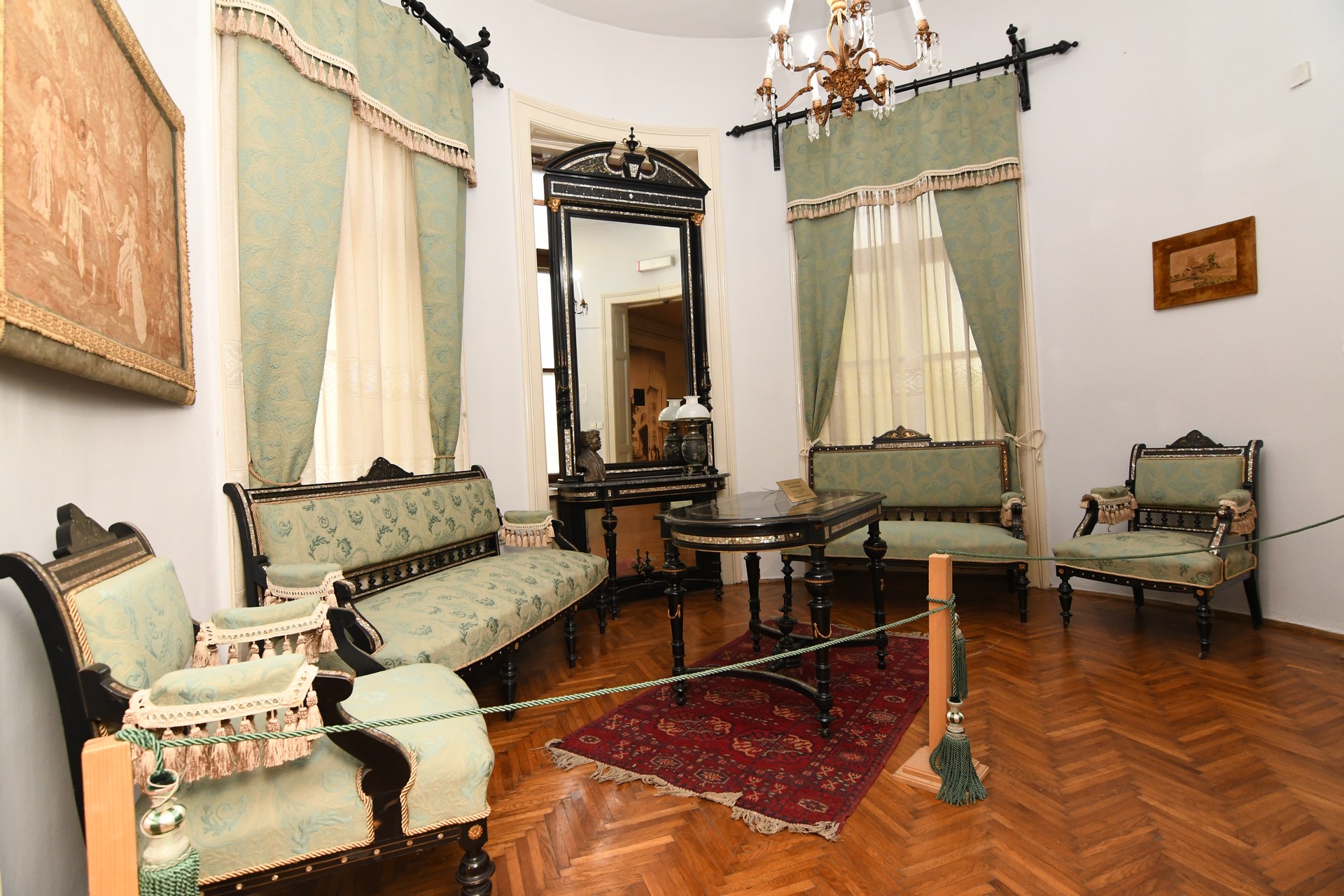 © G.Muzej Sombor
© G.Muzej Sombor
The lounge of Dr Laza Kostić is an ambient reminder of the second half of the 19th century Dr Laza Kostić was born in Kovilj in 1841 and died in Vienna in 1910. He was a great Serbian poet, playwright, aesthetician, writer, and lawyer He was an organiser of the...
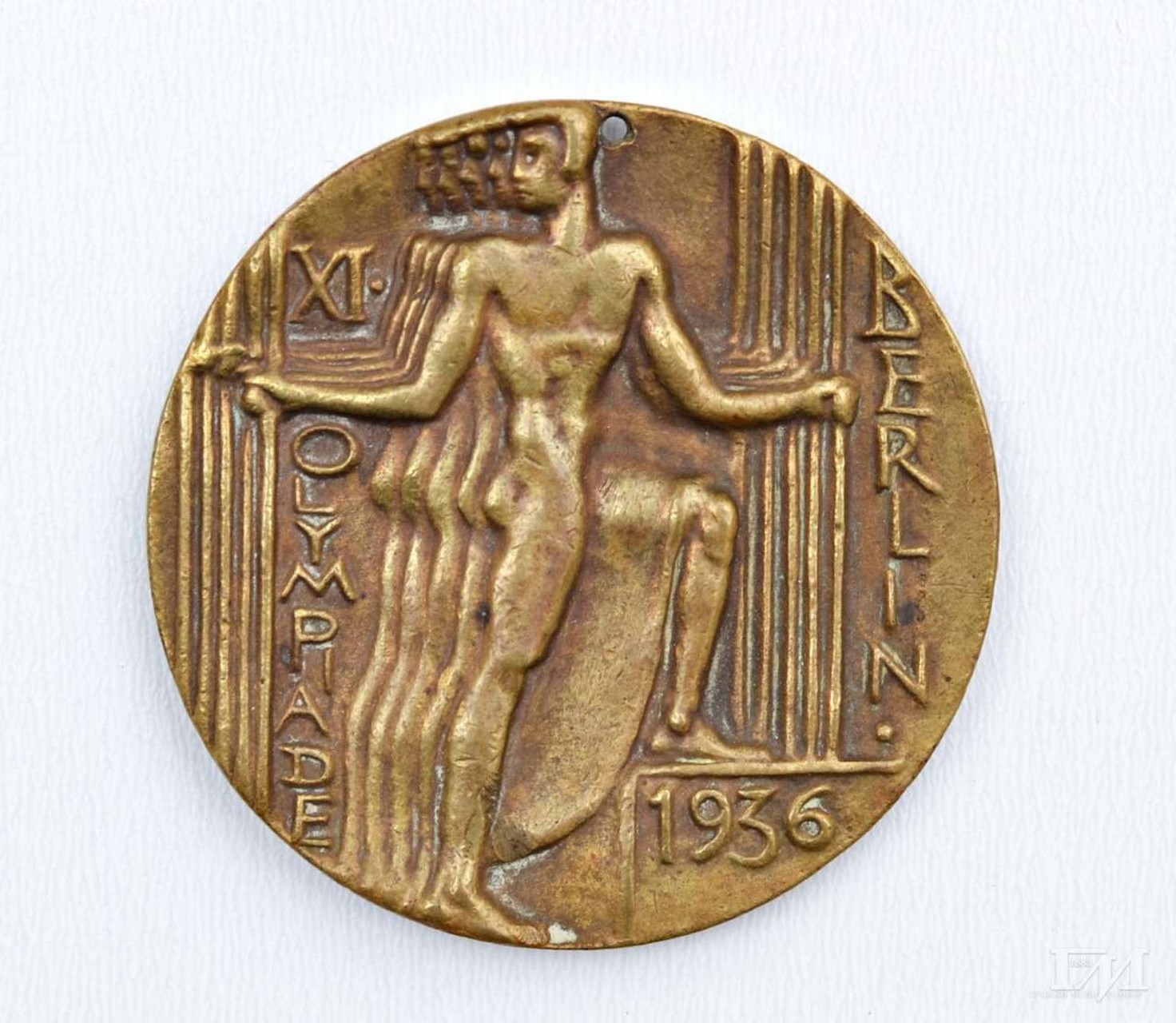 © G.Muzej Sombor
© G.Muzej Sombor
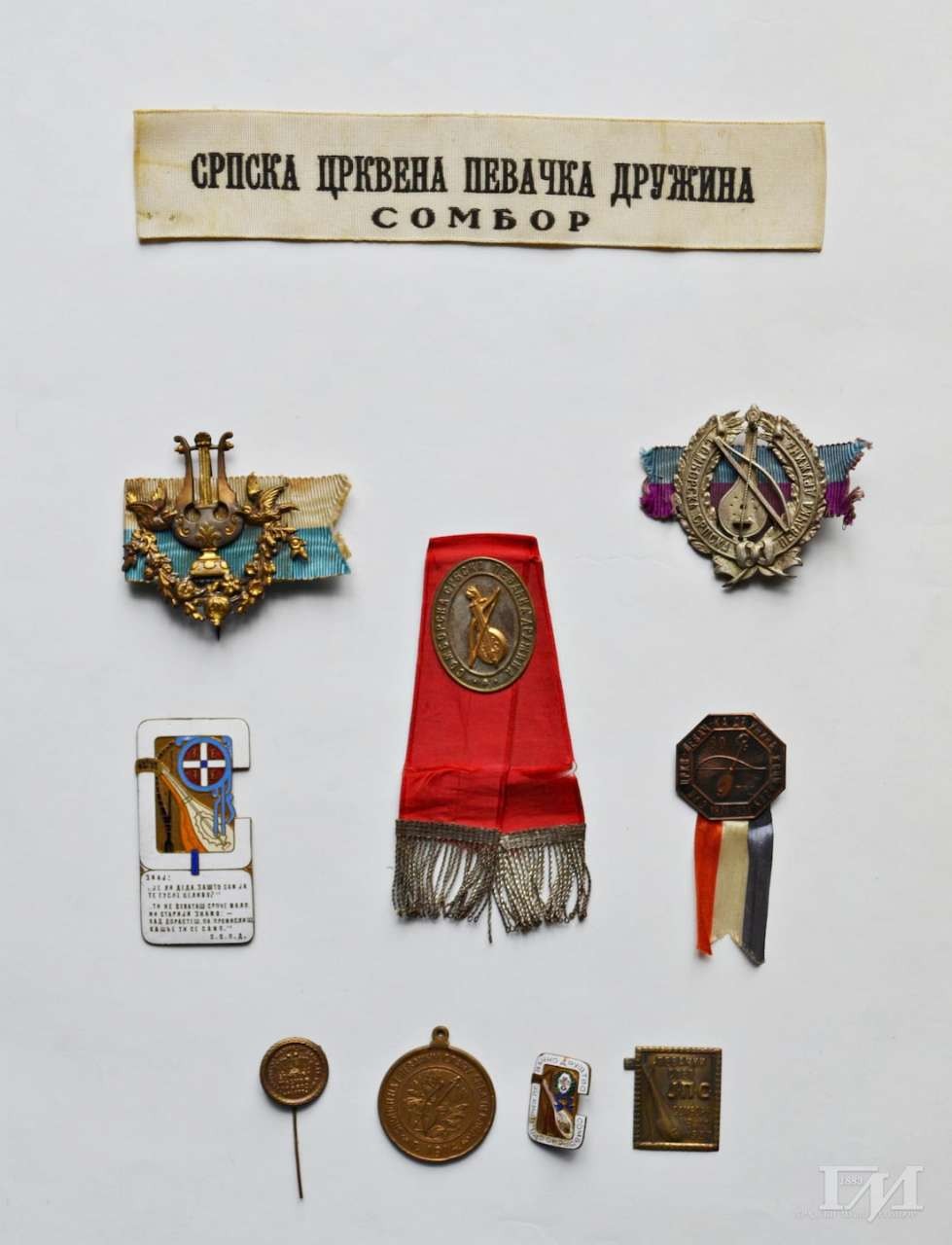 © G.Muzej Sombor
© G.Muzej Sombor
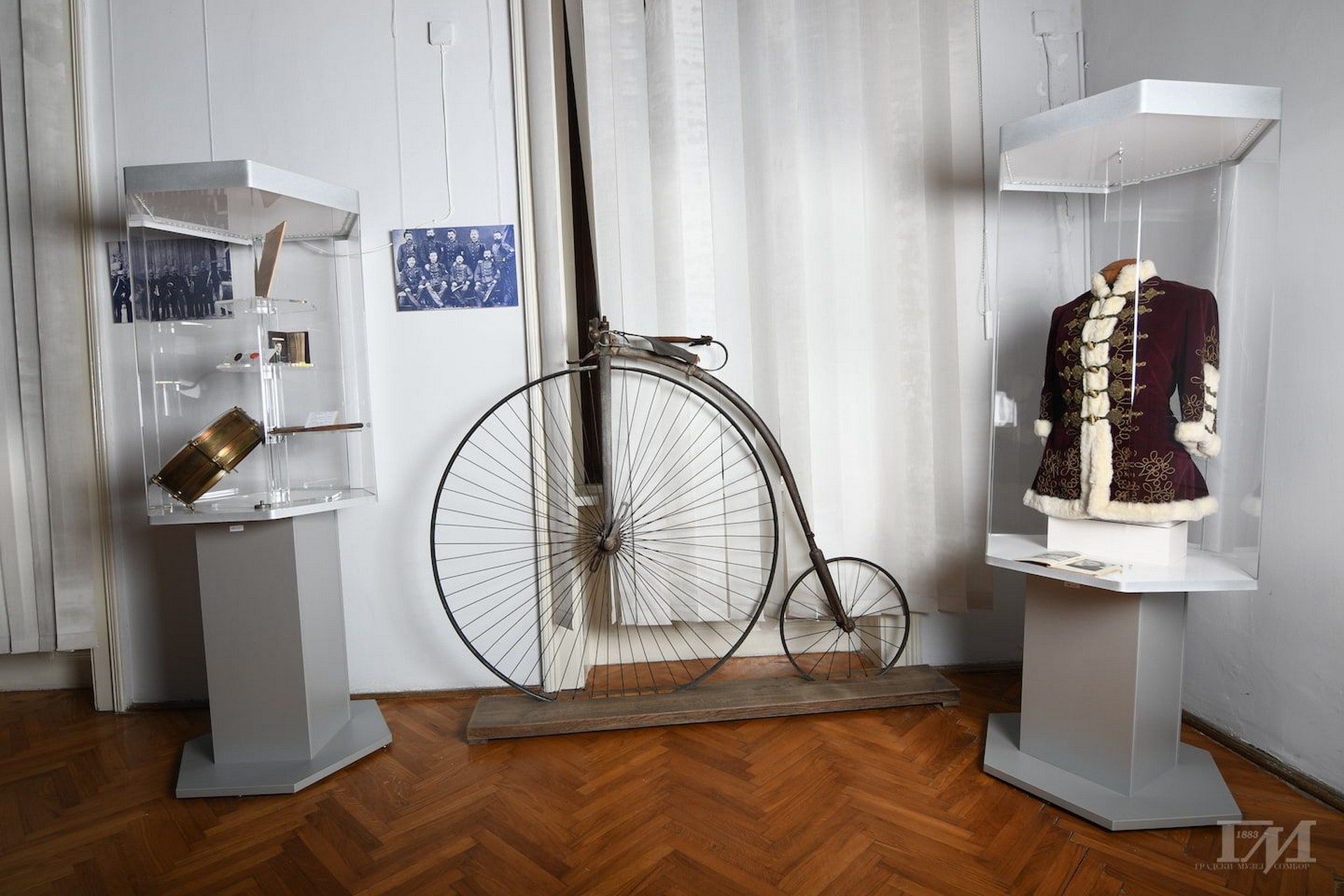 © G.Muzej Sombor
© G.Muzej Sombor
Immediately after the libertation of the city in 1749, the people of Sombor turned their focus toward opening schools Avram Mrazović, the supervisor of Serbian schools in the Austrian Empire, founded a course for Serbian teachers in Sombor in 1778, the so-called Norm Other ethnic groups who lived in Sombor...
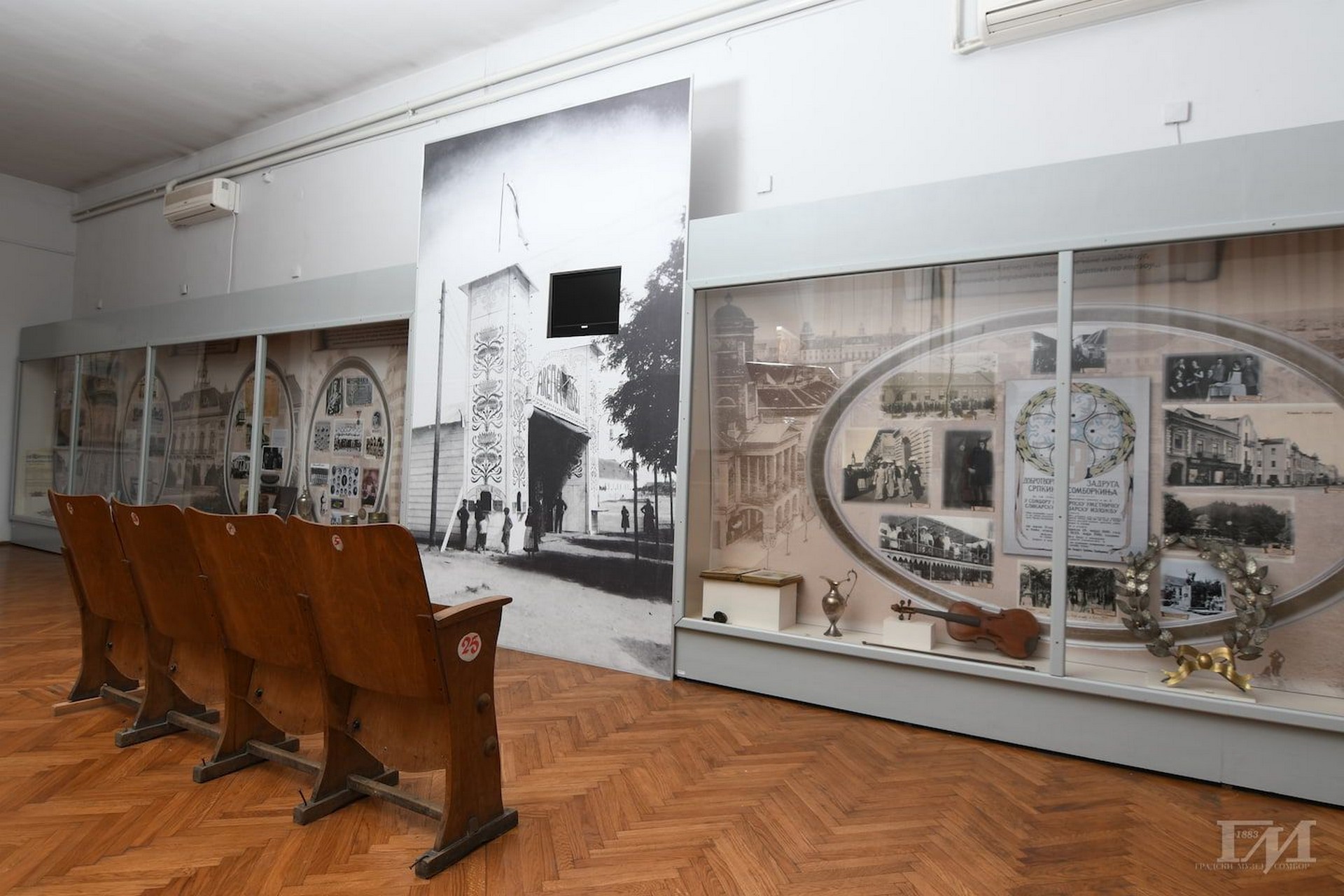 © G.Muzej Sombor
© G.Muzej Sombor
Ernest Bošnjak from Sombor, a lover of film and one of the founders of the film studio Metro, Goldwin & Mayer, is one of the pioneers of Yugoslav film from the first half of the 20th century. Bošnjak was born in Sombor in 1876 He used it to show silent...
Supported by The Ministry of Culture and Information of Rep. of Serbia in 2021.